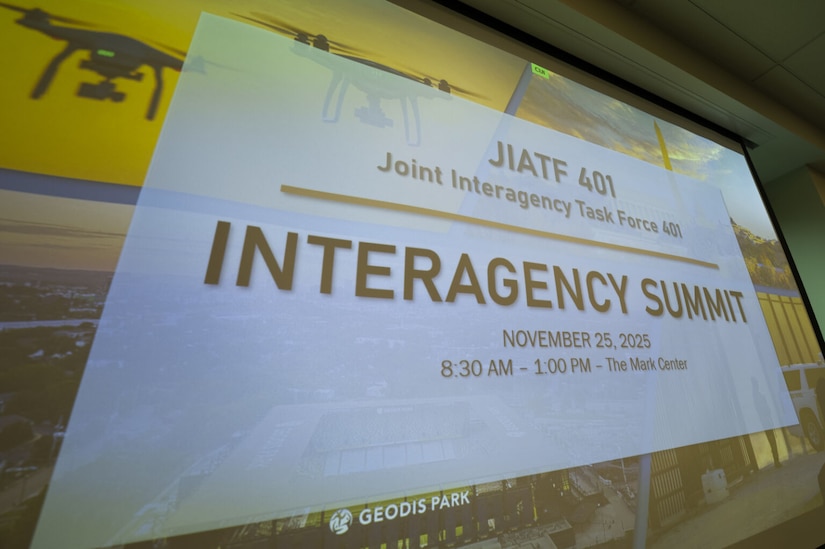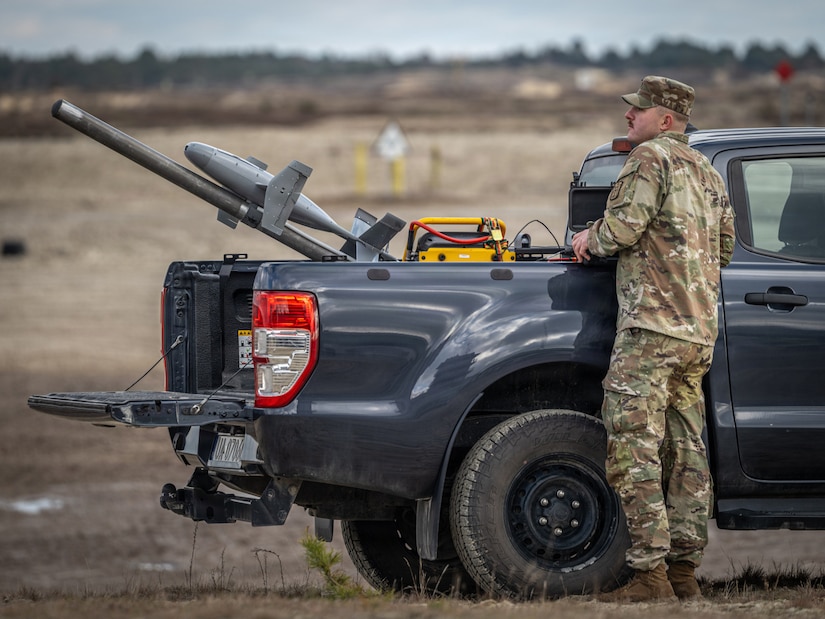
Terrorism seeks fear, not victory—and history shows why it almost always fails.
Terrorism is most often understood through moments of rupture: the blast, the headline, the rolling footage that loops until fear feels permanent. Yet terrorism is not an event. It is a strategy. Its true battlefield is not a street or a building, but the human mind and the civic trust that binds a society together. To understand terrorism clearly, one must look past the violence itself and ask what it is really trying to destroy.
At its core, terrorism is the deliberate use of violence or the threat of violence against civilians to advance political, religious, or ideological goals. Unlike conventional warfare, it does not seek to defeat an opposing army or occupy territory. Its aim is psychological disruption. Terrorism depends on fear, symbolism, and attention. A single act is designed to echo far beyond its physical damage, unsettling millions who were never directly touched by the attack itself.
Open societies are particularly vulnerable to this tactic. Democracies value transparency, free movement, open spaces, and a free press. These are strengths, but they also create exposure. Terrorist acts exploit visibility and amplification. The September 11, 2001 attacks illustrate this dynamic with brutal clarity. Nineteen hijackers inflicted catastrophic loss of life, yet the deeper impact unfolded in the weeks and years that followed: mass fear, altered travel behavior, sweeping security policies, and prolonged national anxiety. The attacks succeeded in commanding attention worldwide, but they failed in their stated objective of weakening American resolve or collapsing its institutions. Instead, they triggered institutional adaptation and long-term counterterrorism cooperation across nations.
Fear is the true weapon. Terrorism works by introducing randomness into daily life. Ordinary routines—commuting, gathering, celebrating—are transformed into perceived risks. The 2005 London bombings demonstrate this effect. Four suicide bombers targeted the city’s public transportation system during morning rush hour, killing 52 civilians. The choice of trains and buses was intentional: everyday spaces used by ordinary people. Yet within days, London’s transit system resumed full operation, and public messaging emphasized continuity rather than panic. The long-term psychological shock was real, but the attempt to paralyze civic life failed. The city adapted without surrendering its openness.
Terrorism is not merely violence; it is narrative. Every act carries a message meant to provoke response. Terrorist movements rely on mythology—stories of oppression, destiny, purity, or vengeance. These narratives demand recognition through spectacle. However, they also depend on their enemies to overreact. The Islamic State’s campaign of mass-casualty attacks in Europe between 2015 and 2017 was explicitly designed to provoke polarization, inspire collective punishment, and validate its apocalyptic worldview. While those attacks caused profound suffering, the group ultimately lost nearly all of its territorial holdings by 2019 and saw its global appeal diminish as brutality alienated populations it claimed to defend.
This reveals terrorism’s central weakness. The power it projects is largely illusory. While it can destroy, it cannot build. While it can disrupt, it cannot govern. Terrorist movements struggle to translate fear into sustainable political outcomes. Violence against civilians undermines legitimacy, fractures internal cohesion, and provokes resistance both domestically and internationally. Even when terror temporarily dominates headlines, it rarely reshapes societies in the way its perpetrators intend.
The greatest danger terrorism poses is not only the harm it causes, but the moral risk it creates for the society under attack. In the aftermath of September 11, debates over surveillance, detention, and civil liberties revealed how fear can pressure democratic norms. Terrorism succeeds when societies abandon restraint, erode due process, or normalize suspicion. When this happens, terror achieves indirectly what it cannot accomplish directly.
Resilient societies respond differently. They recognize that justice, proportionality, and lawful restraint are not weaknesses but sources of strength. Effective counterterrorism depends as much on preserving trust as on preventing attacks. Courts that function, laws that endure, and institutions that remain accountable deny terrorism its ultimate objective: the corrosion of civic confidence.
In the end, terrorism fails because it misunderstands human societies. Fear is powerful, but it is not permanent. Communities rebuild. Daily life resumes. Institutions adapt. The quiet return to routine—the reopening of streets, the balancing of justice, the continued movement of ordinary people—undercuts the very logic of terror. Violence may interrupt life, but it cannot define it.
Terrorism is a test, not only of security systems, but of character. The measure of a society is found not in how loudly it reacts, but in how faithfully it preserves its values under pressure. Courage, restraint, and moral clarity are not abstract ideals; they are practical defenses. A society that remains committed to justice and order denies terrorism the victory it seeks, proving that fear, however dramatic, is ultimately fleeting.
References (APA format)
BBC News. (2015). Paris attacks: What happened on the night. British Broadcasting Corporation.
Byman, D. (2017). ISIS goes global: Fight the Islamic State by targeting its affiliates. Brookings Institution.
National Commission on Terrorist Attacks Upon the United States. (2004). The 9/11 Commission report. U.S. Government Printing Office.
Office for National Statistics. (2006). The impact of the July 7 London bombings. United Kingdom Government.
Silke, A. (2008). Terrorism. In P. Wilkinson (Ed.), Homeland security in the UK. Routledge.











